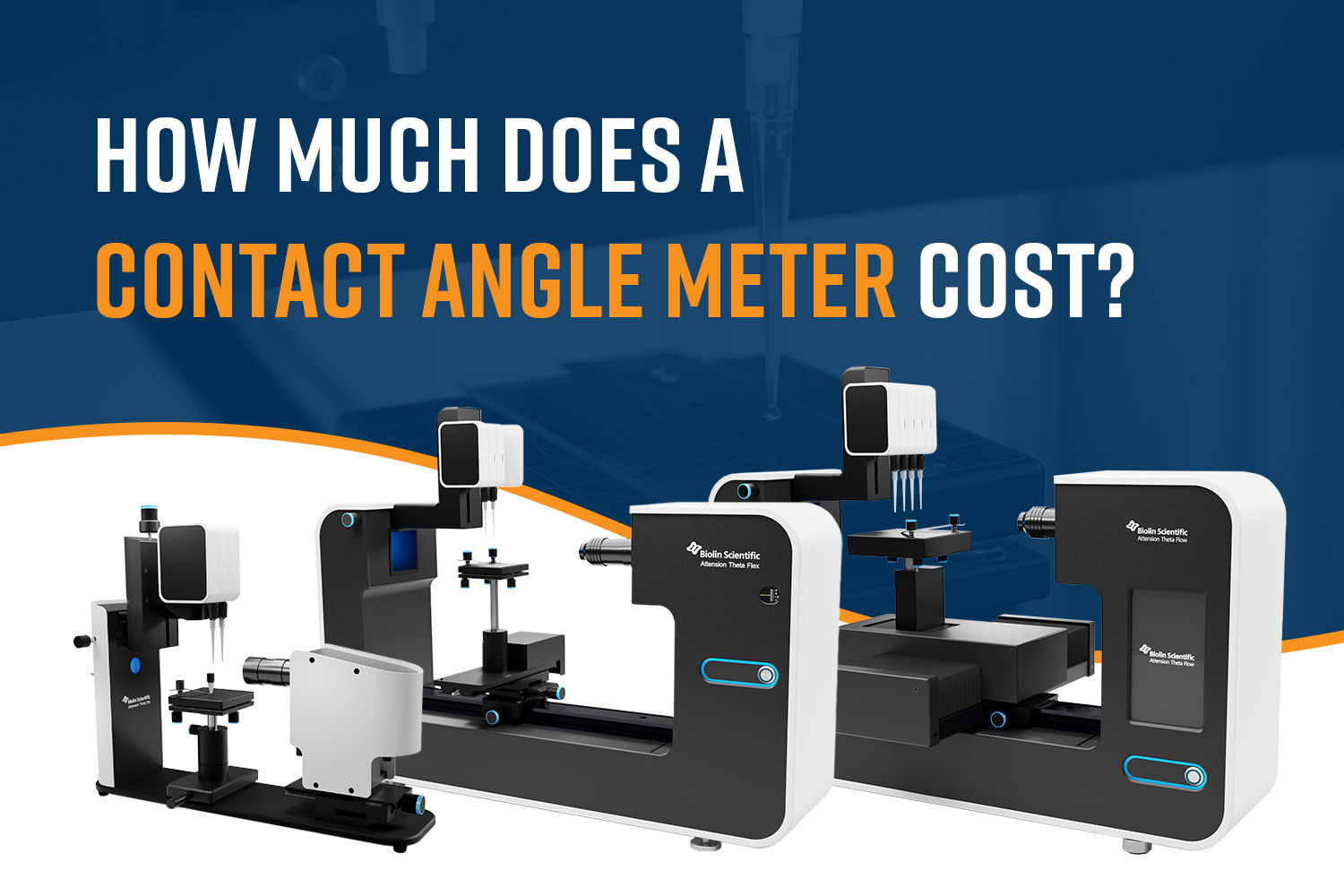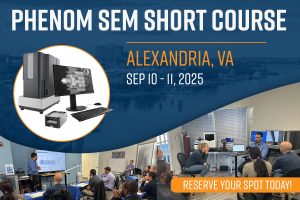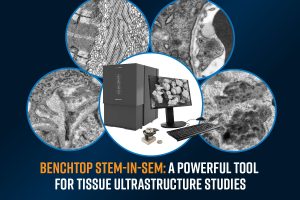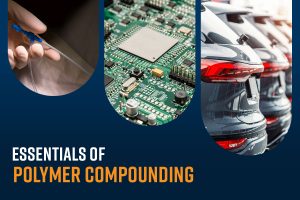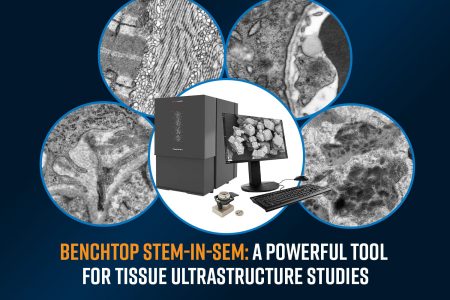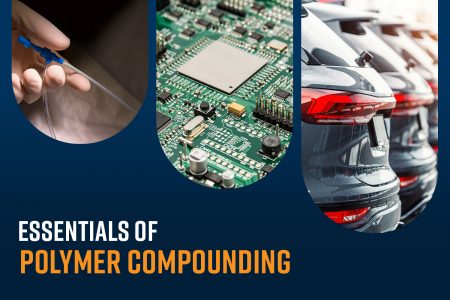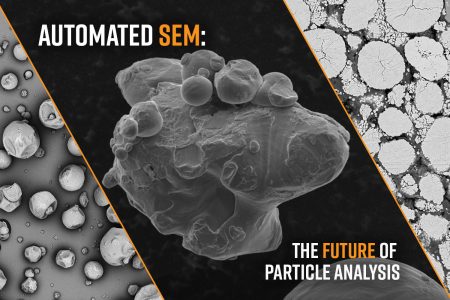Optical tensiometers, also referred to as goniometers, drop shape analyzers, or contact angle meters, are indispensable instruments used in scientific and industrial applications requiring precise surface and interfacial tension measurements. Their role spans industries such as material science, coatings, pharmaceuticals, and petrochemicals, making them a critical investment for many organizations. However, the cost of an optical tensiometer can vary significantly based on factors like functionality, accuracy, automation, and software capabilities. This blog explores the cost range of optical tensiometers and the key factors influencing pricing, helping buyers understand what to expect and how to make informed purchasing decisions.

What is an Optical Tensiometer?
An optical tensiometer or Goniometer is an instrument that uses optical methods to measure contact angles which can be used to calculate surface tension, interfacial tension, and other surface and interfacial properties. By analyzing the shape of a liquid droplet on a solid surface or between two fluids, it provides critical insights into surface phenomena. Optical tensiometers are widely used for surface science research, coating development, wetting behavior analysis and formulation of detergents, emulsions, and inks.
Price Range of Contact Angle Instruments.
The price of optical tensiometers varies significantly depending on their features, from entry-level models designed for basic academic research to high-end models used in industrial R&D. Below is an overview of their typical cost categories:
Entry-Level Models:

Entry-level tensiometers are suitable for basic surface tension and contact angle measurements. These instruments are often manually operated, lack automation or integrated software, and are generally not compatible with advanced accessories. These systems range in cost from $5,000 to $15,000. They usually have a basic camera system for drop shape analysis, manual sample placement and adjustment, limited measurement range, and are suitable for academic labs and small-scale R&D. These systems are ideal for specific, basic applications involving small coupons or relatively small samples. The Attension Theta Lite is a cost-effective, yet robust tensiometer in this category. It offers full access to contact angle and surface tension measurement methods and is an outlier among comparable instruments thanks to its compatibility with sophisticated data analysis algorithms (OneAttension).
Mid-Range Models:

Mid-range optical tensiometers offer improved precision, additional automation, and better software integration for data analysis. They also usually accommodate larger, more exotic samples. These instruments are ideal for more demanding applications and environments requiring regular use. Mid-range contact angle tensiometers usually have high-resolution cameras for precise measurements, automated sample placement and droplet dispensing, and advanced software for multi-parameter analysis. For example, the Attension Theta Flex is a highly automated tensiometer that provides exceptional value for its price. Its compatibility with a wide variety of plug-and-play modules extends its capabilities for complex measurements. Mid-range systems can range in cost from $15,000 to $40,000 and are ideal for a wider range of applications including dynamic contact angle measurements and interfacial dilatational rheology.
High-End Models:

High-end optical tensiometers are state-of-the-art systems designed for the most precise and complex measurements. These systems often come with additional modules, accessories, and software capabilities tailored for industrial and cutting-edge research. They are ideal for characterizing materials like tubing, sheets, larger glass plates, 300 mm wafers, and cylindrical or spherical objects, among many others. Ultra-high-resolution imaging systems and fully automated setups for user-independent, high-throughput measurements generally come standard with these systems. Many instruments in this range, such as the Attension Theta Flow, are also capable of advanced techniques like automated dynamic contact angle measurements, picoliter small volume measurements, and roughness-corrected contact angle, among others. Accessories for controlling temperature or environmental conditions could also be available. Uniquely, the Theta Flow is equipped with integrated sensors for recording temperature, relative humidity, camera tilt angle, and other parameters during experiments—increasing traceability of measurements and ensuring true reproducibility of the data. These systems are ideal for situations requiring high precision and can cost upwards of $40,000 to $100,000+.
Key Factors Influencing the Cost of Optical Tensiometers
Several factors determine the price of an optical tensiometer. Understanding these factors can help buyers prioritize features based on their requirements.
- Measurement Capabilities: Basic Measurements such as surface tension, interfacial tension, and static contact angles are standard features in almost all tensiometer models. Advanced Measurements such as dynamic contact angles, roughness-corrected contact angle, dilatational interfacial rheology, and time-dependent behavior require more sophisticated systems. Instruments with broader measurement capabilities tend to cost more.
- Automation Level: Manual models are more affordable but require operator expertise and time. Semi-automated or fully automated systems streamline the measurement process, ensuring repeatability and saving time, which increases their cost.
- Camera and Optics Quality: High-resolution cameras enable precise droplet shape analysis and enhance measurement accuracy. Advanced optics and lighting systems (e.g., LED or collimated light) further boost precision, adding to the instrument’s price.
- Software and Data Analysis: Most basic systems include simple software for measurements. Typically, only more expensive systems offer sophisticated software for multi-parameter analysis, data export, and integration with other tools. The Attension Theta line of tensiometers deviates from this by offering full access to all measurement modes and data analysis algorithms with all instrument models, including the economical Attension Theta Lite, with a few limitations due to hardware constraints.
- Customization and Accessories: Specialized accessories like temperature controllers, high-pressure cells, or environmental chambers can significantly raise costs. Custom-built systems tailored to specific needs often command a premium price.
- Service and Warranty: Extended warranties, calibration services, and customer support plans contribute to the overall cost. High-end models often include long-term support packages that include application support/remote troubleshooting from expert scientists, and access to timely field service technicians or in-house repair options, among other benefits.
Additional factors to Consider While Acquiring an Optical Tensiometer
The most important criteria when choosing an optical tensiometer is to define your application and the needs of the project. Are you performing basic surface tension measurements or advanced interfacial studies? Does your application require automation or additional features like temperature control?
Another critical factor is the availability of training and support. Many manufacturers provide installation and training for their instruments. This service may be included in the purchase price or billed separately. Regular calibration and maintenance are essential to ensure measurement accuracy. Annual maintenance contracts or calibration services can add $500 to $5,000 annually, depending on the complexity of the system.
The software and usability are also critical factors. Advanced systems with proprietary software may require periodic updates, which can come at an additional cost. Some manufacturers, like Biolin Scientific and their all-inclusive OneAttension software, however, provide free upgrades for the life of the system. Choosing systems with user-friendly interfaces, robust data analysis tools, and lifetime licenses for software will prove to be beneficial.
Choosing an established brand with a track record of reliability and after-sales support—while they may charge more for their products—can offer better value over time thanks to their long warranties and helpful support offerings. Lesser-known brands might offer competitive pricing but may lack comprehensive customer support or service options.
Conclusion:
The cost of an optical tensiometer ranges from $5,000 to over $100,000, depending on its capabilities, automation level, and brand. Entry-level models are suitable for basic applications, while mid-range and high-end models cater to industrial and advanced research needs. By understanding the features and factors influencing pricing, buyers can select the instrument that best aligns with their technical requirements and budget.
Investing in the right optical tensiometer ensures accurate measurements, improved efficiency, and long-term value for your organization. While the initial cost may seem high, the benefits of precision, automation, and versatility often outweigh the expense, particularly in industries where surface phenomena play a critical role.

